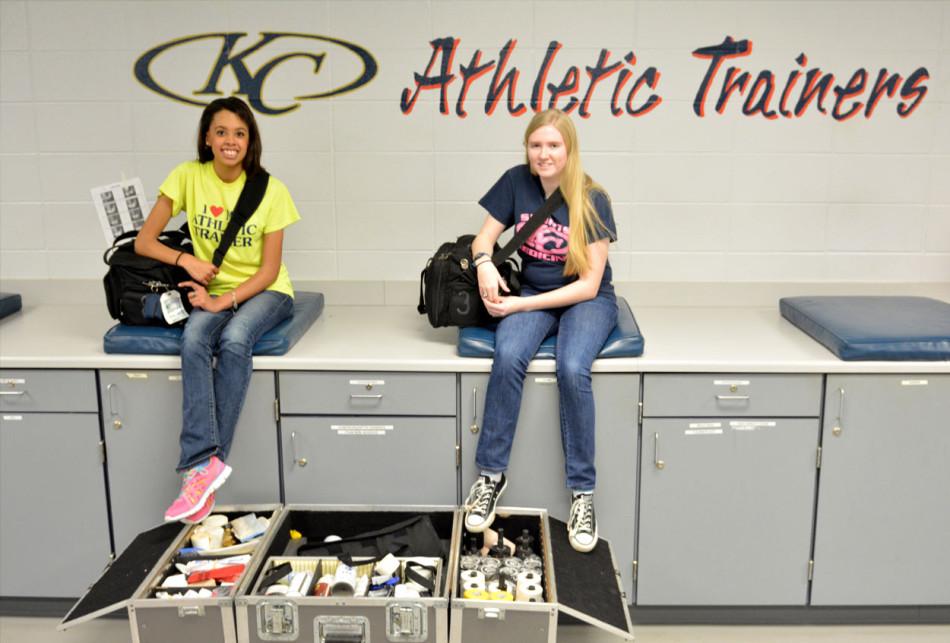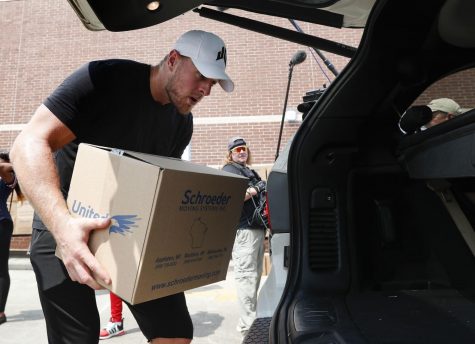Sideline support
Trainers crucial part of high school sports
Athletic trainers work to ensure the safety and security of athletes.
They are part of the football team. They are part of the baseball team. They are part of the volleyball team. They are a part of every team. They are athletic trainers.
Athletic trainers are a vital part of every sports team.They support their team with necessary medical care in case of injuries during practices or games.
“They cover all the UIL sports on campus,” head athletic trainer Catherine Marr said. “When there’s a practice or a game going on, we are covering it. It’s truly a six day a week program. We start during volleyball season, which is about a month prior to school starting. We go until the last sport, softball or baseball, is finished, which can be up to or after the week of graduation.”
Not only do these trainers attend many athletic events, but they also compete in the Greater Houston Athletic Trainers Society competition (GHATS).
“GHATS is a large workshop for all the high school athletic training programs,” junior athletic trainer Aylish Wrench said. “A lot of the time there are workshops where you can learn a new skill like how to tape an Achilles tendon. There are also vendors for colleges and competitions.”
Back in elementary school I used to skip recess and go to the nurses’ office and help them.
— Junior Sarah Williams
Both Wrench and junior Sarah Williams entered a poster to the GHATS competition. Williams placed second while Wrench placed first.
“I placed second in the miscellaneous injury category, which is the largest category,” Williams said. “I had to research the topic and design a poster and include information like the mechanism of injury, signs and symptoms, what it is, evaluation and treatment.”
Williams involvement in the athletic training program has boosted her desire to continue it as a career.
“I like helping people with their injuries,” she said. “Back in elementary school I used to skip recess and go to the nurses’ office and help them. It’s rewarding because I get to help the athletes. There are people that I know who are playing professionally, and I can say that I helped them with their injury. I plan on doing this as a career.”
Though mostly targeted to students looking for a career in the medical field, Marr invites all students to try athletic training.
“This program is not just geared for students who want to become an athletic trainer or be in the medical field,” Marr said. “It is for the students who want to be involved, who want to help. It teaches them important life lessons like good communication, teamwork and time management. The skills they are learning here are not only medical skills.”








